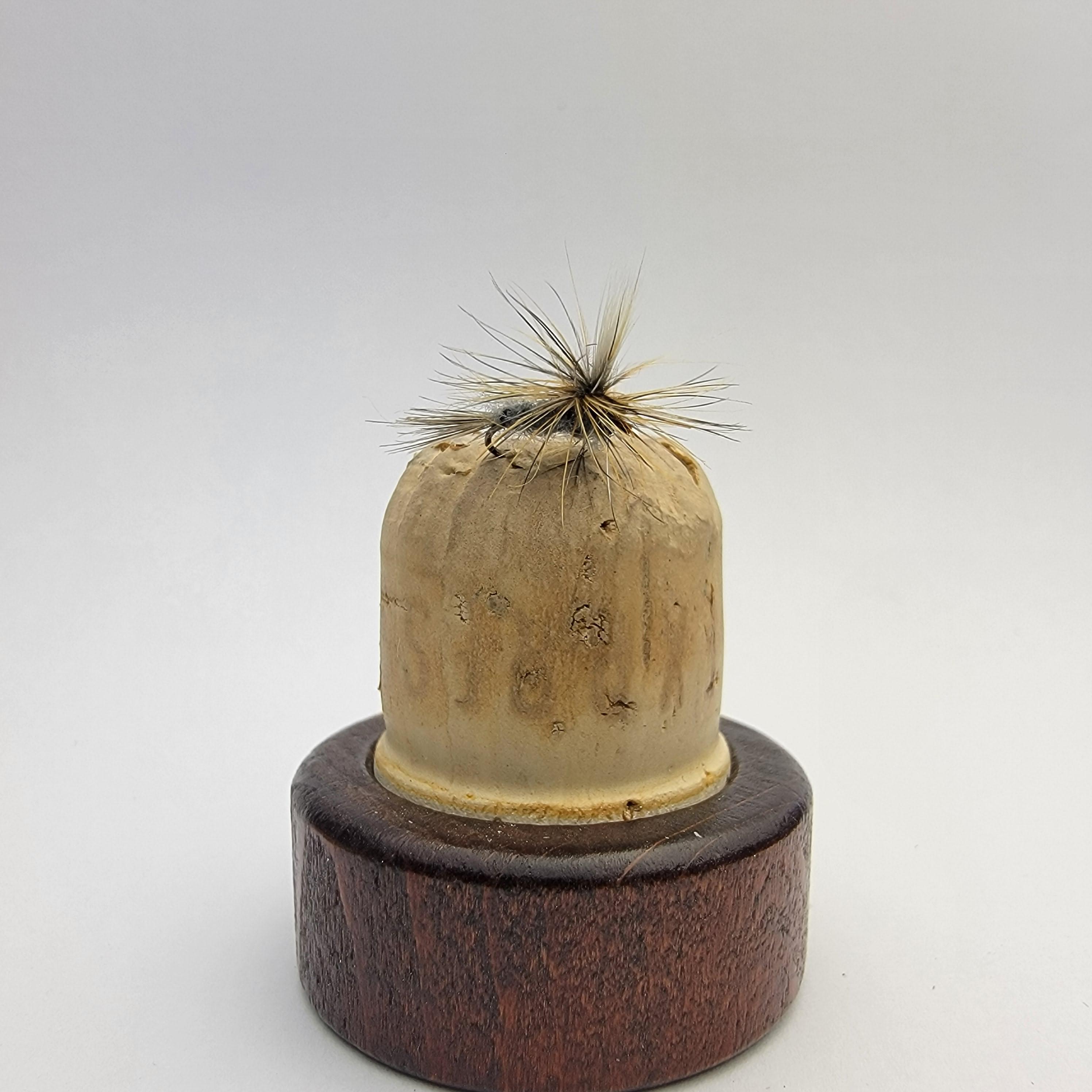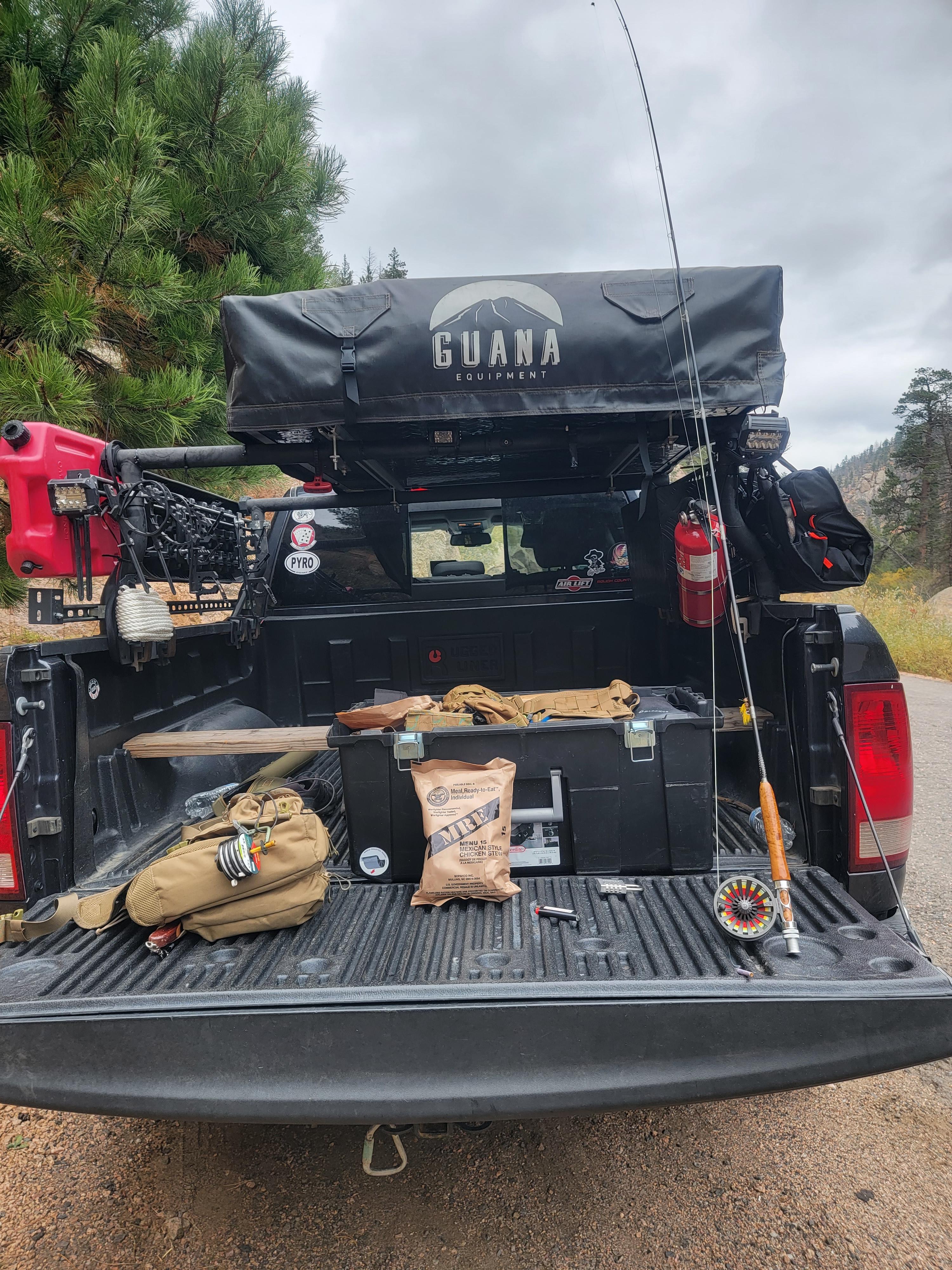Fly fishing is a popular outdoor activity that is enjoyed by many fishing enthusiasts all over the world. One of the most effective fishing techniques is using a Pat's Rubber Legs fly, which is a type of artificial fly that imitates aquatic insects and other small creatures that trout eat.
If you're new to fly fishing or want to learn how to tie this particular fly, then you're in the right place. By following this step-by-step guide, you can easily learn how to tie a Pat's Rubber Legs fly. This fly is known for its effectiveness in catching trout, making it a great choice for any angler who is looking to catch more fish. So, grab your fly-tying kit and let's get started!
Pats Rubber Legs

Materials needed:
- Nymph hook (sizes 6-12)
- Black or brown thread (size 6/0)
- Black or brown chenille
- Black or brown round rubber legs
- Lead wire (optional for extra weight)
- Brown or black hackle feather
- Pheasant tail fibers (optional)
Instructions:
- Start by wrapping the thread onto the hook shank, starting from the eye and leaving some space at the front of the hook.
- If desired, wrap a lead wire layer at the hook shank's front half for added weight.
- Tie in the black or brown chenille at the front of the hook, leaving some space for the head.
- Secure the chenille with tight thread wraps, moving towards the rear of the hook.
- Attach the rubber legs to each side of the hook, just behind the chenille tie-in point. The legs should extend beyond the hook bend.
- Continue wrapping the thread towards the rear of the hook, binding the rubber legs to the shank as you go.
- If desired, tie in a few pheasant tail fibers at the rear to form a tail.
- Wrap the chenille forward in even wraps, creating a segmented body. Secure it at the front with thread wraps and cut off any excess.
- Palmer the hackle feather forward, pulling back any trapped fibers. Secure the tip of the feather with thread wraps.
- Create a neat head by building up thread wraps. Whip finish and cut off the thread.
- Trim the rubber legs to your desired length, roughly the length of the body.
And that's how you tie a Pat's Rubber Legs fly for fly fishing! Experiment with different colors and variations to match your local waters' specific insect or baitfish patterns. Happy tying and tight lines!
How to Fish Pats Rubber Legs Fly
To fish the Pat's Rubber Legs fly for fly fishing in Colorado, you can follow the technique called nymphing. This involves casting the fly upstream and allowing it to drift naturally with the current, imitating the movement of underwater insects. The Pat's Rubber Legs fly is known for imitating stonefly nymphs commonly found in Colorado rivers.

Here are some key tips
- Rig setup: Use a nymphing setup with a strike indicator, split shot weight for depth control, and a tapered leader with tippet. The weight of the split shot can be adjusted based on the depth and speed of the river.
- Presentation: Cast the fly upstream and mend the line to achieve a natural drift. Keep the line tight to feel any subtle strikes.
Depth adjustment: Vary the depth at which you fish the fly by adjusting the amount of split shot weight or using a weighted version of the fly. - Stonefly nymphs are typically found near the river bottom, so fishing at the appropriate depth is essential.
- Retrieve techniques: You can also use short twitches or strips to imitate the movement of a drifting stonefly nymph. Experiment with different retrieval techniques to entice strikes.
Fishing Spots for Pat's Rubber Legs fly in Colorado
As for good spots to fish the Pat's Rubber Legs fly in Colorado, there are several rivers known for their excellent fishing opportunities:- The Arkansas River: This river offers a variety of water types and is known for its healthy population of stonefly nymphs1.
- The Colorado River: Known for its large size and diverse insect population, the Colorado River provides ample opportunities for fishing the Pat's Rubber Legs fly2.
- The Roaring Fork River: A tributary of the Colorado River, the Roaring Fork River is famous for its abundant insect life and is a great spot to fish the Pat's Rubber Legs fly3.
Remember to always check the local fishing regulations, obtain the necessary licenses, and practice catch-and-release to help preserve the fish populations and the natural environment.
.png?width=300&height=100&name=Copy%20of%20Rise%20Beyond%20Logo%2012.31.24%20(300%20x%20100%20px).png)
.png)



.jpg)